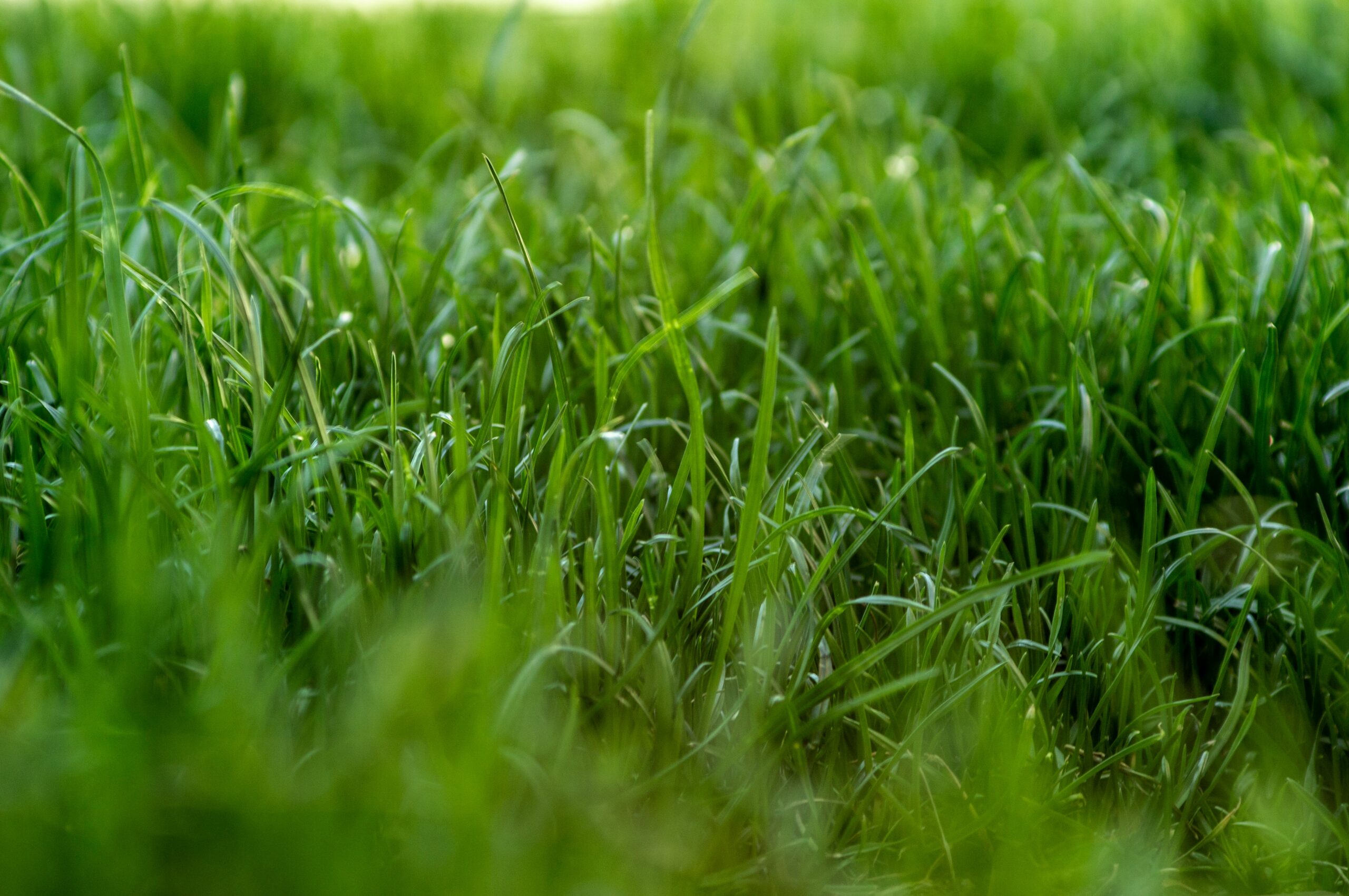When to Apply Lawn Fertilizer for Optimal Results: A Comprehensive Guide
A beautiful lawn requires more than just regular mowing and watering. To keep your lawn healthy and thriving, you also need to fertilize it. However, timing is everything when it comes to applying fertilizer. If you apply it at the wrong time, you could be wasting your time and money, or even damaging your lawn.
In this guide, we’ll discuss the best time of year to apply lawn fertilizer for optimal results. We’ll also explain how to choose the right fertilizer and how to apply it properly.
When to Apply Lawn Fertilizer for Optimal Results
The best time to apply lawn fertilizer for optimal results depends on several factors, including your grass type, climate, and soil type. In general, you should fertilize your lawn in the spring and fall, as these are the times when grass is actively growing.
However, the exact timing can vary depending on where you live and the type of grass you have. For warm-season grasses, such as Bermuda, zoysia, and St. Augustine, the best time to fertilize is in late spring or early summer. For cool-season grasses, such as Kentucky bluegrass, fescue, and ryegrass, the best time to fertilize is in the fall.
How to Choose the Right Fertilizer
Choosing the right fertilizer is just as important as timing your application. The right fertilizer will provide your lawn with the nutrients it needs to grow strong and healthy. When choosing a fertilizer, consider the following factors:
Nitrogen Content
Nitrogen is the most important nutrient for promoting grass growth. Look for a fertilizer with a high nitrogen content, especially if you’re fertilizing in the spring. However, be careful not to over-fertilize, as too much nitrogen can burn your lawn.
Phosphorus and Potassium Content
Phosphorus and potassium are also important nutrients for promoting root growth and overall lawn health. Look for a fertilizer with a balanced N-P-K ratio, such as a 20-10-10 or 10-10-10 fertilizer.
Slow-Release vs. Quick-Release
Slow-release fertilizers are designed to release nutrients slowly over a period of several weeks, while quick-release fertilizers release nutrients quickly. Slow-release fertilizers are generally better for your lawn, as they provide a steady supply of nutrients and are less likely to burn your lawn.
Organic vs. Synthetic
Organic fertilizers are made from natural materials, such as compost and bone meal, while synthetic fertilizers are made from chemicals. Organic fertilizers are generally better for your lawn and the environment, as they release nutrients slowly and improve soil health.

How to Apply Fertilizer Properly
Once you’ve chosen the right fertilizer, it’s important to apply it properly. Here are some tips for applying fertilizer:
Use a Spreader
Using a spreader is the easiest and most efficient way to apply fertilizer. Be sure to calibrate your spreader according to the manufacturer’s instructions to ensure that you’re applying the right amount of fertilizer.
Apply When the Grass is Dry
Apply fertilizer when the grass is dry to ensure that the fertilizer doesn’t stick to the blades and cause burning. It’s also important to avoid applying fertilizer on a windy day, as the wind can blow the fertilizer away from the target area.
Water After Application
After applying fertilizer, water your lawn to help the nutrients soak into the soil. Watering also helps to prevent burning and ensure even distribution of the fertilizer.
Don’t Over-Apply
Over-applying fertilizer can be just as damaging as under-applying it. Be sure to follow the manufacturer’s instructions for application rates and don’t exceed them.
Frequently Asked Questions (FAQs)
Q: How often should I fertilize my lawn?
A: It depends on your grass type and the fertilizer you’re using. In general, you should fertilize your lawn once in the spring and once in the fall.
Q: Can I fertilize my lawn in the summer?
A: It’s generally not recommended to fertilize your lawn in the summer, as hot temperatures can cause the fertilizer to burn your lawn. Wait until the fall to fertilize if you missed the spring application.
Q: How soon after mowing can I apply fertilizer?
A: It’s best to wait at least 24 hours after mowing to apply fertilizer, as applying it too soon after mowing can cause clumping and uneven distribution.
Q: Is it necessary to water my lawn after applying fertilizer?
A: Yes, watering your lawn after applying fertilizer helps the nutrients soak into the soil and prevents burning.
Q: How do I know if I’ve applied too much fertilizer?
A: If you’ve applied too much fertilizer, you may notice brown or yellow patches on your lawn, or the grass may start to wilt or die.
Q: Can I use the same fertilizer for my lawn and garden?
A: It’s not recommended to use the same fertilizer for your lawn and garden, as the nutrient needs of different plants can vary greatly.
Q: When should I consider applying pest control alongside lawn fertilizer?
A: You should consider applying pest control in conjunction with lawn fertilizer if you notice signs of pest damage such as brown patches, chewed grass, or visible pests like grubs or insects. Additionally, a proactive approach involves applying pest control during the appropriate seasons, usually spring and fall, to prevent infestations before they occur.
Q: How does location affect mosquito issues when applying lawn fertilizer?
A: Depending on your location, mosquitos can be a significant issue when applying lawn fertilizer, especially if you have standing water or damp areas. The water can serve as breeding grounds for mosquitos. To address this, consider using mosquito control methods like removing standing water, using mosquito-repelling plants, or applying mosquito repellents to your skin before working in the yard
Q: Can I use chemical pesticides and fertilizers together in my lawn care routine?
A: Yes, you can use chemical pesticides and fertilizers together, but it’s essential to follow the manufacturer’s instructions carefully and consider the environmental impact. Applying them at separate times or using slow-release fertilizers can minimize potential conflicts and maximize their effectiveness.
Conclusion
In conclusion, knowing when to apply lawn fertilizer for optimal results is essential to maintaining a healthy, lush lawn. Remember to choose the right fertilizer for your grass type, apply it properly, and avoid over-applying. By following these tips and guidelines, you can enjoy a beautiful lawn that will make your neighbors green with envy.




